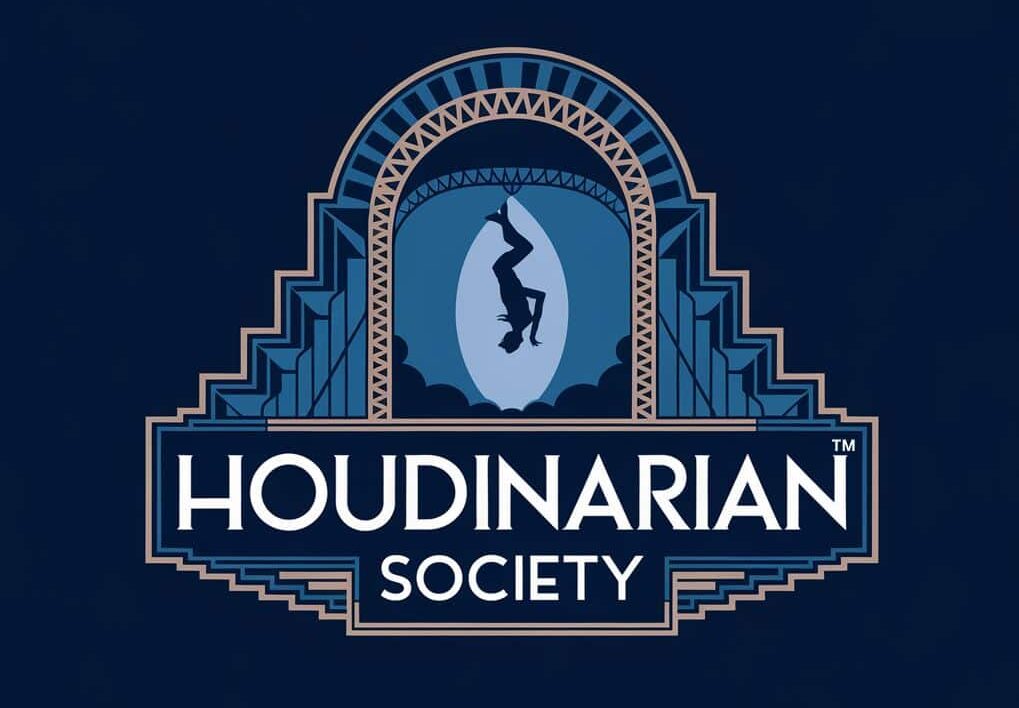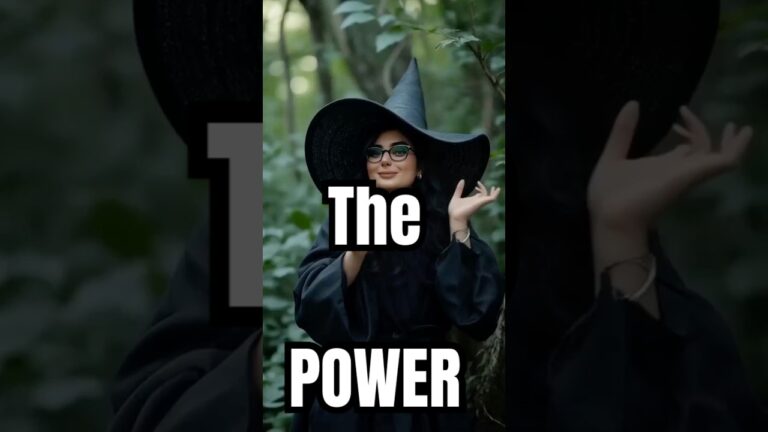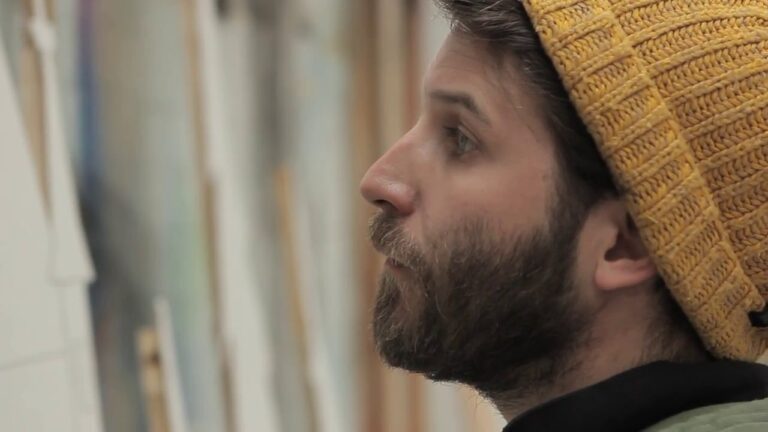The Role of Festivals in the Promotion of Magic: Historical Perspectives
Throughout history, festivals have served as powerful gateways for magical traditions and spiritual practices. You can trace these connections back to ancient celebrations like Samhain, the Gaelic pagan festival. This festival blended spiritual beliefs with community gatherings.
Festivals have played a crucial role in preserving and promoting magical practices. They did this by creating safe spaces where people could openly share mystical knowledge, perform rituals, and pass down ancient wisdom across generations. Many of these traditions continue today through Renaissance Festivals that recreate historical magical practices and modern pagan gatherings.
These magical festivals help you connect with like-minded people while learning about different spiritual paths. When you attend these events, you become part of a living tradition that spans centuries. This tradition links past and present through shared magical experiences and cultural exchange.
The Victorian Era: The Birth of Magic Festivals

The Victorian period marked a transformative time for magic as entertainment. Festivals and exhibitions brought illusions to the masses. Mechanical innovations and growing public interest created perfect conditions for magic to flourish as a respected art form.
Early Exhibitions and Fairs
The Victorian era provided ideal conditions for magic shows to evolve from small street performances into grand exhibitions. Mechanical developments of the time allowed for more sophisticated illusions.
You could find magicians performing at county fairs, pleasure gardens, and traveling shows across Britain. These venues offered perfect settings for both amateur and professional performers to showcase their craft.
The Great Exhibition of 1851 at Crystal Palace played a crucial role in elevating magic’s status. This event featured cutting-edge illusions that combined science and spectacle. As a result, it drew crowds from all social classes.
The Role of Victorian Festivals in Popularizing Magic
Magic became a craft that shaped how people viewed entertainment and reality. Festival organizers recognized magic’s drawing power and made it a centerpiece of their events.
Seasonal fairs and festivals introduced new magical acts every year. These events created competition among performers, driving innovation in illusion design and presentation techniques.
Magic festivals helped bridge social classes, as both wealthy theater-goers and working-class audiences could enjoy the performances. This broad appeal made magic festivals a staple of Victorian entertainment.
Notable Magicians of the Victorian Era
John Henry Anderson, known as “The Great Wizard of the North,” pioneered the festival circuit format. His success inspired many others to follow his model.
Famous Festival Performers:
- Robert-Houdin: Revolutionized stage magic
- Alexander Herrmann: Known for elegant festival shows
- Adelaide Herrmann: First prominent female festival magician
These performers elevated magic to new heights of entertainment. They combined theatrical elements with skillful illusions. Their festival appearances drew thousands and established magic as a respected form of entertainment.
Houdini and the Power of Public Festivals

Harry Houdini revolutionized magic performances at public festivals. His dramatic escapes and publicity stunts drew massive crowds and forever changed how magicians interact with festival audiences.
Houdini’s Early Career and Festival Performances
As a young performer, you would have found Houdini at county fairs and small circus tents in the 1890s. He started by performing basic card tricks and sleight of hand for modest audiences.
The turning point came when he shifted to escape acts at these venues. His first major festival success happened at the Wisconsin State Fair, where he freed himself from local police handcuffs.
These early festival appearances taught him the power of audience participation. He’d invite local police officers and prominent citizens to examine his restraints, creating both drama and credibility.
Key Festivals and Fairs That Boosted Houdini’s Fame
The World’s Columbian Exposition of 1893 marked Houdini’s first major festival breakthrough. You can trace his rise to fame through his appearances at key events.
His performances at the Pan-American Exposition drew record crowds. He hung upside down from buildings and escaped from water tanks in front of thousands.
Notable festival appearances:
- St. Louis World’s Fair (1904)
- Hudson-Fulton Celebration (1909)
- Great Easter Fair in London (1912)
Houdini’s Influence on Magic at Festivals
Houdini’s impact changed how magic shows operate at festivals today. His promotional techniques, like performing smaller tricks in public spaces to draw crowds to main events, remain standard practice.
He also pioneered the use of theatrical magic theaters at festivals, moving beyond simple street performances.
His dramatic outdoor escapes created a new template for festival magic:
- Height elements: Straitjacket escapes from buildings
- Water features: Public tank escapes
- Challenge acts: Local police restraint tests
The Evolution of Magic Festivals in the 20th Century

Magic festivals flourished dramatically during the second half of the 20th century. They transformed from small gatherings into grand spectacles that shaped modern magical entertainment.
Transition from Street Performances to Theatrical Venues
Famous magicians like Howard Thurston and Harry Houdini led the movement from street corners to prestigious theaters in the early 1900s. Their success created a blueprint for future performers.
You could witness magic shows moving from fairgrounds to dedicated venues by the 1920s. This shift brought better lighting, sound systems, and stage equipment.
Professional magicians began incorporating elaborate props and machinery into their acts. These innovations helped create the grand illusions you see in modern magic shows.
The Rise of Magic Conventions
The International Brotherhood of Magicians held its first convention in 1926, marking a new era of organized magic gatherings. These events gave you opportunities to learn tricks, network, and share techniques.
Magic dealers set up shop at conventions, creating the first marketplaces for professional equipment. You could find everything from simple card tricks to complex stage illusions.
Annual conventions grew larger each decade, with some attracting thousands of attendees. These gatherings became crucial for keeping magic traditions alive while fostering innovation.
Influential Festivals and Their Impact on Magic
Abbott’s Magic Get-Together, starting in 1937, revolutionized how magicians showcase new illusions. This festival created the model for modern magic competitions.
The Magic Castle in Hollywood opened in 1963, establishing a permanent venue for close-up magic. You can still experience intimate performances there today.
FISM (Fédération Internationale des Sociétés Magiques) became the Olympics of magic, pushing performers to develop increasingly spectacular acts. These competitions raised technical standards across the field.
Modern Magic Conventions and Festivals
Magic conventions bring together performers, enthusiasts, and industry professionals to showcase new techniques, exchange knowledge, and celebrate the art of magic. These events create vital spaces for advancing the craft through workshops, competitions, and collaborative performances.
Prominent Contemporary Magic Festivals
Magic conventions and festivals vary greatly in size and focus. The FISM World Championships of Magic gathers elite performers every three years, featuring close-up magic and stage illusions.
The Magic Castle in Hollywood hosts weekly shows and special events. It maintains strict dress codes and membership requirements to preserve the art’s sophisticated traditions.
Magic Live! in Las Vegas draws thousands of attendees with its mix of lectures, dealer rooms, and gala shows. You’ll find unique performances that push creative boundaries.
Networking and Collaboration Opportunities
Professional magicians build crucial connections at these gatherings through formal and informal meetings. You can join specialized workshop sessions led by master magicians who share advanced techniques.
Dealer rooms provide spaces to test new props and discuss innovations with manufacturers. Many lasting partnerships form during late-night jam sessions where performers share ideas.
Young magicians benefit from mentorship programs offered at major conventions. These relationships often lead to future collaborations and show bookings.
Innovations and Trends in Modern Magic Performances
Digital technology has transformed modern magic shows. You’ll see performers incorporating smartphones, social media, and projection mapping into their acts.
Virtual reality and augmented reality create new possibilities for illusions. Leading magicians experiment with these tools while maintaining classical sleight-of-hand skills.
Interactive elements engage audiences more directly than ever before. Your participation might involve using your own device to experience personalized magic effects.
Live streaming has expanded reach beyond physical venues. Many festivals now offer hybrid formats combining in-person and virtual attendance options.
The Cultural and Social Impact of Magic Festivals
Magic festivals create vibrant spaces where performers and audiences connect in unique ways. These spaces transform how magic is practiced, perceived, and preserved as an art form.
Festivals as Networking Hubs for Magicians
Magic festivals serve as crucial meeting points where you’ll find both seasoned professionals and newcomers exchanging ideas. These gatherings create opportunities for mentorship, collaboration, and the sharing of trade secrets.
Professional relationships formed at these events often lead to future collaborations and shows. You’ll discover that many famous magic partnerships started at festival gatherings.
These events also function as marketplaces for new props, books, and equipment. Young magicians can learn directly from creators and innovators in the field.
Influence on Performance Styles and Techniques
Festival competitions push performers to develop innovative approaches to classic tricks. You’ll notice how each festival introduces new trends in presentation and technical execution.
Breaking down stereotypes and traditional performance boundaries happens naturally as magicians share stages with diverse styles.
Magic festivals encourage experimentation with:
- Modern technology integration
- Cross-cultural performance elements
- Interactive audience participation methods
- Close-up magic innovations
Contribution to the Prestige of Magic as an Art Form
Festival competitions and awards have elevated magic’s status in the performing arts community. Winning performers often go on to secure prestigious theater runs and television appearances.
Media coverage of major festivals helps legitimize magic as serious entertainment. These events draw critics, journalists, and cultural commentators who treat magic as a sophisticated art form.
Academic interest in magic has grown through festival-sponsored lectures and workshops. Attending these events connects you to magic’s rich historical traditions while advancing its modern evolution.






